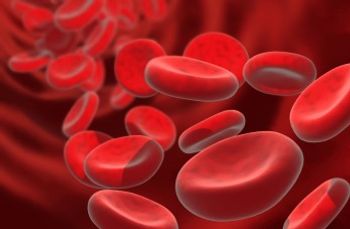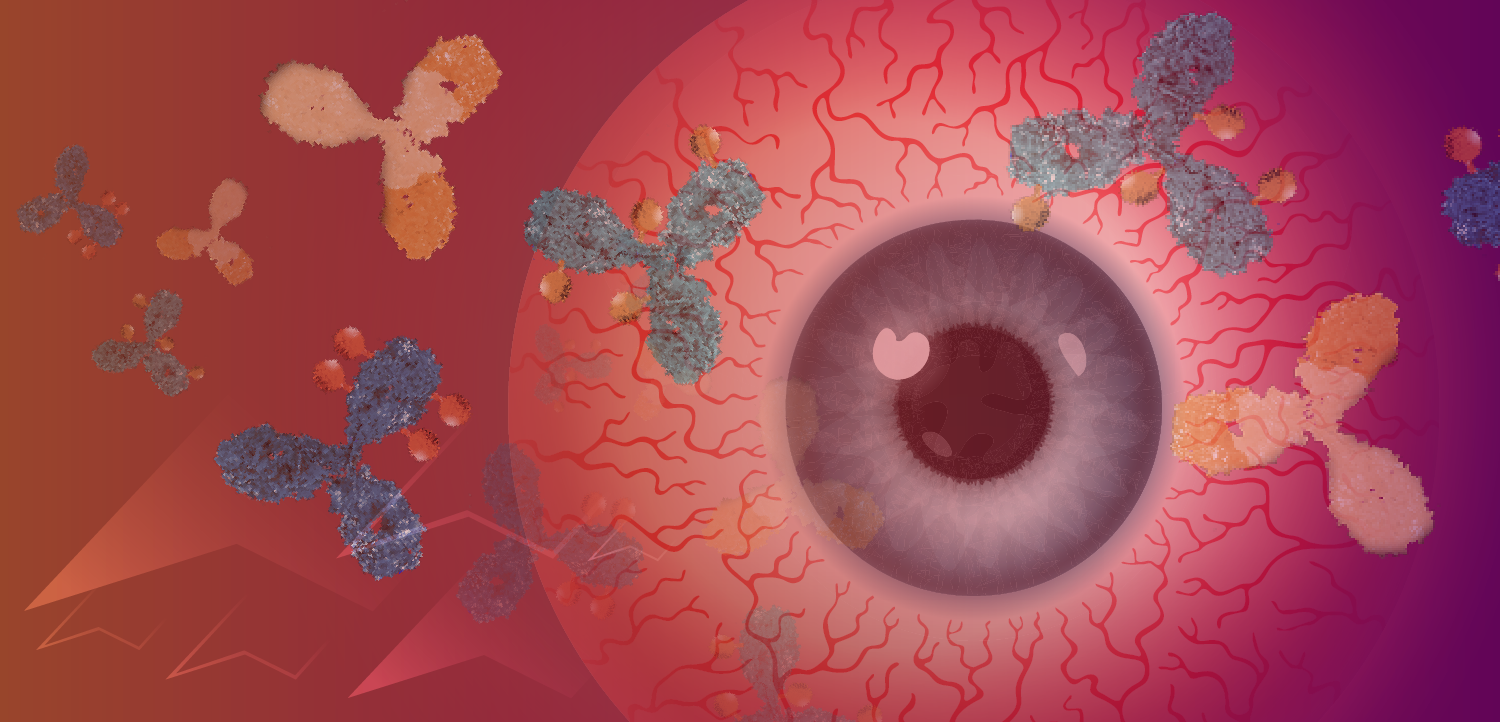
PRIMA-PI Risk Score for Follicular Lymphoma Promising for Trials, Clinical Practice
Researchers compared the newly developed PRIMA-PI risk score against FLIPI and FLIPI-2 in patients with follicular lymphoma.
The newly developed PRIMA-prognostic index (PRIMA-PI) had a higher specificity for risk stratification of patients with follicular lymphoma than the Follicular Lymphoma International Prognostic Index (FLIPI) and FLIPI-2, according to an external validation study
Unlike FLIPI and FLIPI-2, PRIMA-PI is an age-independent clinical risk classifier that could be used to identify subgroups of patients at the highest risk for poor outcomes after immunochemotherapy for advanced follicular lymphoma.
PRIMA-PI’s improved specificity was “because of its improved risk stratification in patients > 60 years,” said study researcher Stefan Alig, of University Hospital in Munich, Germany, and colleagues.
According to the study, previous research has shown that the shorter survival seen in older patients with follicular lymphoma results mainly from increased nonrelapse deaths, calling into question the use of age as part of risk scores used to predict disease-specific survival.
The PRIMA-PI score uses only β2-microglobulin levels and bone marrow infiltration risk factors.
In this study, Alig and colleagues wanted to externally validate the use of PRIMA-PI and compare it with FLIPI and FLIPI-2. The trial included 475 patients with advanced disease who received R-CHOP as a frontline therapy.
Using the PRIMA-PI score, patients were grouped into three risk cohorts: low, intermediate, and high risk. The 5-year progression-free survival rate was 74% for low-risk, 59% for intermediate-risk, and 39% for high-risk disease (P < .0001).
“Our results confirm the findings of the original publication demonstrating that the PRIMA-PI separates three similar sized risk groups with distinct progression-free survival,” the researchers wrote.
Looking at only patients with high-risk disease, the researchers then compared PRIMA-PI with FLIPI and FLIPI-2. The 5-year progression-free survival rate of high-risk patients as defined by FLIPI was 48%; FLIPI-2, 44%; and PRIMA-PI, 39%.
The three scores classified a similar number of patients younger than 60 years as high risk. However, in patients 60 or older, the number of patients classified as high risk differed, with 76% classified as high risk with FLIPI, 65% with FLIPI-2, and only 39% with PRIMA-PI. The progression-free survival rate by risk score also differed in patients age 60 or older, with a 5-year survival of 47% for FLIPI, 42% for FLIPI-2, and 31% for PRIMA-PI. No differences in 5-year progression-free survival occurred in younger patients.
Although specificity between the three scores did not differ in younger patients, it did among older patients. Specificity for progression-free survival for PRIMA-PI was 73% compared with 33% for FLIPI and 47% for FLIPI-2. These low specificity rates clearly limit their clinical utility in older patients, according to the researchers.
“Importantly, our study cohort only partially reflects real-world follicular lymphoma patients,” the researchers wrote. “All our patients were considered eligible to receive R-CHOP, thereby selecting for younger and medically fit patients. Thus, additional validation of the PRIMA-PI in other cohorts, including patients who receive the now widely used bendamustine-containing regimens, is needed.”
Newsletter
Stay up to date on recent advances in the multidisciplinary approach to cancer.


















































































